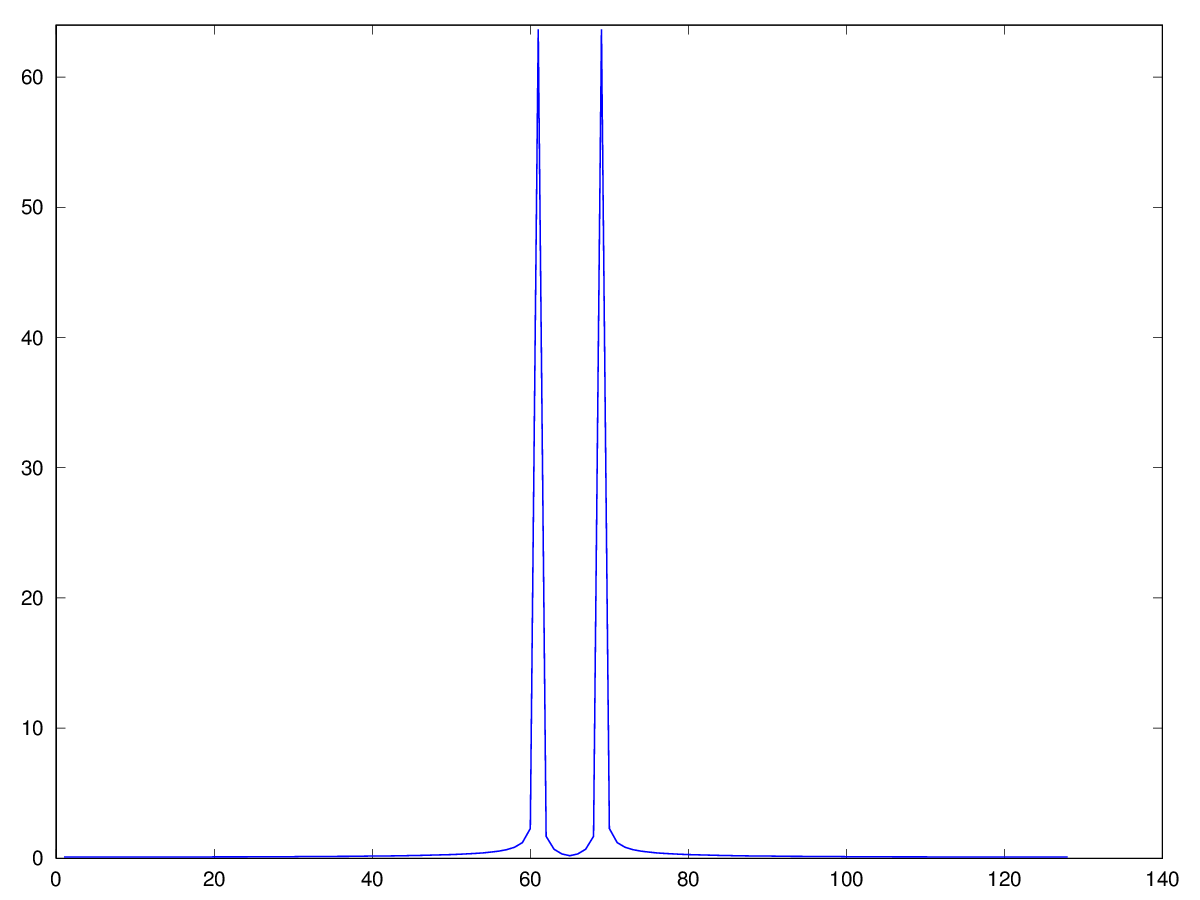If this is impossible (which I suspect it is), how can we formally show this using the notions of Fourier series and/or Fourier transform?
2 Answers
Not possible. But some approximation is possible like: $$\cos(f_1+\Delta f)+\cos(f_1-\Delta f)=2\cos f_1 \cos \Delta f$$ If $\Delta f$ is small, then the overall waveform or graph would look like that it's oscillating at $f_1$ but the average of the waveform would be fluctuating at much slower frequency so may not bother. If the receiving device (either radio, or human ear or eye) cannot detect such a low frequency then it will think that it's a mono tone.
If the receiving device cannot detect high frequency well, then you use $\Delta f >> f_1$ and have the same effect. These are how $AM$ communication works, and also why yellow plus red becomes pink at our eyes.
Pick a basis frequency which is relatively prime to your sine and your sine can be "arbitrarily well" described in $L^2$ (I think it is by Plancherel's theorem), but probably not in a finite number of terms. I can expand on this later when I get to my more computational computer.
Illustration: We use the FFT, cycle through frequencies (linearly) between two neighbouring integers, plot the $L^1$ norm of the frequency components and get the movie below.
 As we can see energy spreads all over the spectrum when we are far from a integer factor of frequecy.
As we can see energy spreads all over the spectrum when we are far from a integer factor of frequecy.
